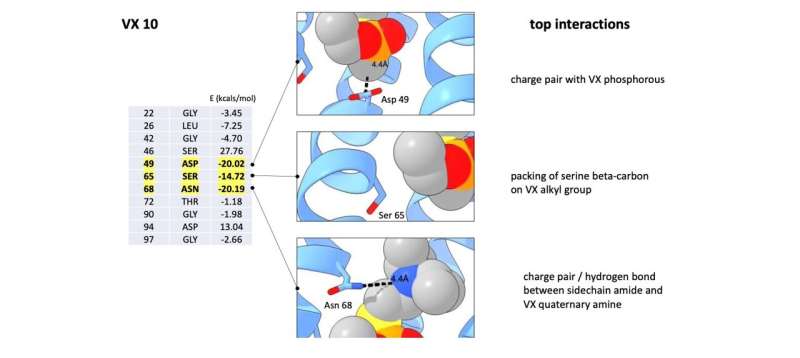Written by Adeel Abbas

Ronald Koder is an associate professor of physics at the City College of New York and he and his team at the Koder Lab are working on a new way to detect a deadly nerve agent in real-time.
An incredibly deadly chemical warfare agent that has been used in assassinations by some nations, VX is classified as a neurotoxin. It can cause permanent brain damage to people who survive exposure.
These potentially life-saving findings can be found in July 2022, edition of Science Advances, with lab member Jim McCann serving as the paper’s main author. The design of the two proteins that detect the neurotoxin was described.
In collaboration with Rutgers University, the CCNY team used a program called ProtCAD to design some of the 20 different proteins. According to Koder, the computer code was new and unlike anything the team had previously worked with, so it came as a bit of a surprise that two of their designs worked quickly.
Koder said that the first thing they tried with a small molecule was to just work. It’s almost like a stick, and it really extends. The molecule becomes much more compact as a result of the binding of the proteins.
False positives from chemicals like insecticides were produced by previous detectors for this type of molecule. A new design can help prevent those misleading results by scanning the entire surface down to one hundred millionth of a centimeter.
This work adds to the field of biosensing technology, which is used to detect the presence of an incredibly small molecules called biomarkers.
More information
James J. McCann et al, Computational design of a sensitive, selective phase-changing sensor protein for the VX nerve agent, Science Advances (2022). DOI: 10.1126/sciadv.abh3421
Latest Chemistry Research News
- Scientists Discovered working principles of a promising material for fast-charging batteries
- Scientists made a step on the way to better therapies against viruses
- Scientists discovered ceramic aerogel for use in thermal insulation applications
- Turning methane into methanol under ambient conditions using light by The ‘holy grail of catalysis
- Scientists discovered A gentler more precise laser cutting technique